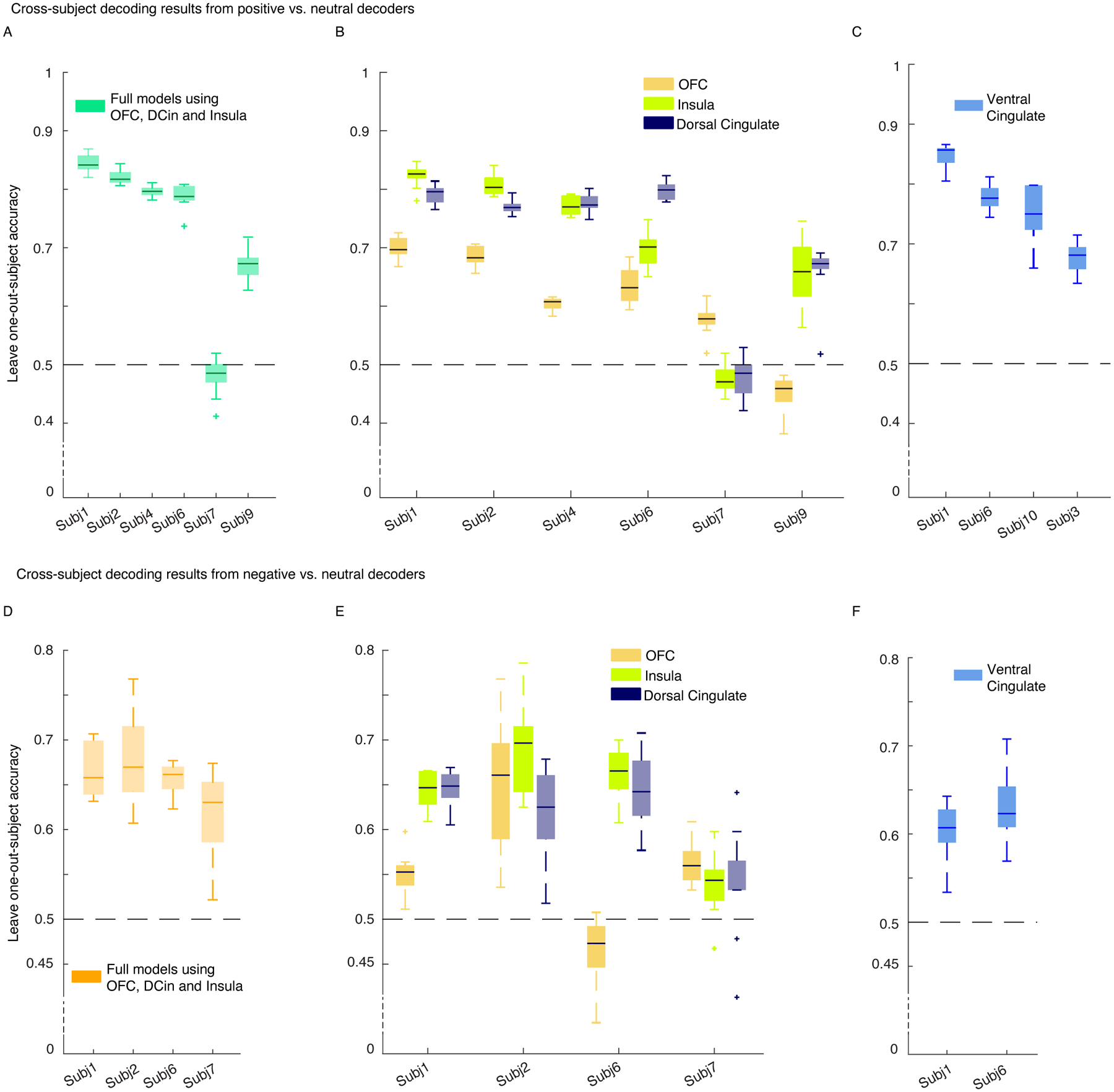Figure 5. Cross-subject decoding shows the spectral features from OFC, dorsal cingulate, and insula were generalizable across participants with implanted leads in these regions.

For both positive and negative affective behaviors, the insula, DCin, and VCin were generalizable features compared to the OFC. A) The leave-one-out-subject accuracy for the positive decoders is provided across n=100 datasets. Spectral features from all five frequency bands were averaged across contacts within each region for each participant, and then each participant was omitted for training the model. The reported accuracies are test accuracies on each leave-one-out subject. All accuracy metrics are above 50% chance level except for Subject 7. The average leave-one-out accuracy (which is referred to as the “generalizability score”) is 0.73 with std = 0.13, n = 6 participants. B) The leave-one-out accuracies of the decoders trained on the spectral features of each region (n=5 features), one at a time, are shown. Generalizability scores for OFC, insula, and DCin are as follows: (n= 6 partcipants, mean ± sem: 0.60 ± 0.09, 0.70 ± 0.12, 0.71 ± 0.12. C) We trained the cross-subject postive decoders in four participants with electrodes implanted in VCin. The generalizabaility score for this region was (n=4) 0.76 ±0.07. D) The leave-one-out accuracies for four participants included in training cross-subject models for negative versus neutral behaviors are shown. The generalizability score was 0.65 ± 0.02. E) Similar as in B, but for the negative decoders. The generalizability scores for OFC, insula, and DCin were as follows (n=4 participants): 0.55 ± 0.07, 0.63 ± 0.06, 0.61 ± 0.04. F) Similar as in C, two participants out of five had implanted electrodes in VCin. The generalizability score was 0.61 ± 0.02. VCin = Ventral cingulate, DCin = dorsal cingulate. In the box plots(A-F) central lines represent the median and the two edges represent 25 and 75 percentiles, whiskers show the most extreme datapoints and outliers are shown individually (see MATLAB boxplot function).
